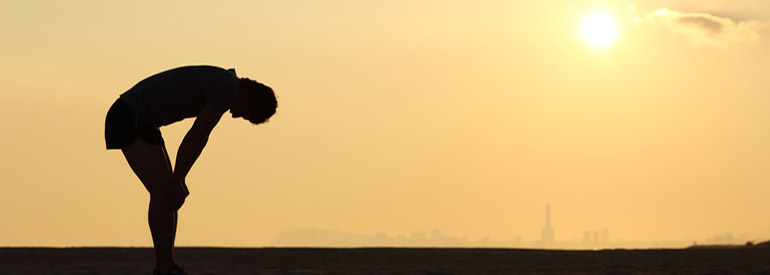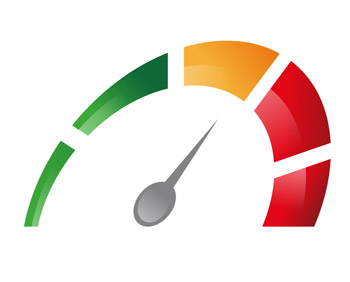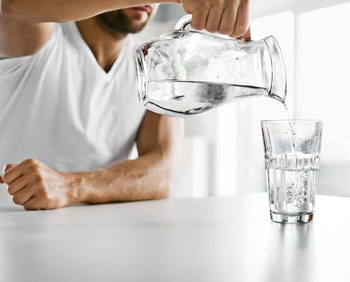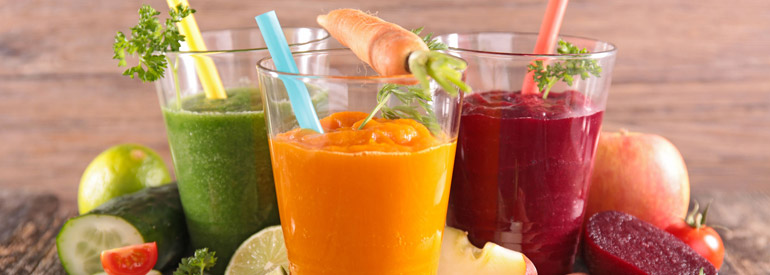
Food and hydration to overcome summer fatigue


Keep our “machine” efficient to fight fatigue
In a very simplistic way, we can compare the human body to a machine. Despite having an unimaginable complexity – thinking only of billions of billions of biochemical reactions that take place every second – our body needs adequate quantities of good fuel (food), water and air to function. These contributions must be made in a calibrated manner and with appropriate timing.
What seems obvious, however, is not so obvious.
The lifestyle in the “wellness” society is dissociated from the natural cycles of our biology and, as far as meals are concerned, it generally presents a poor breakfast, a quick lunch and a large dinner. Often there are very different dietary modalities between the most frugal working days and weekends with calorie excess and meal times delayed even more. Traditional cultures, on the contrary compared taking meals, affirm what is summarized in this aphorism:
“Eat a king’s breakfast, a prince’s lunch and a poor’s dinner”.
This orientation is consistent with our evolution of diurnal animals that has shaped the physiology and functioning of organs and systems according to circadian rhythms natural. These day-night rhythms normally provide maximum activity in the morning and afternoon followed by a general slow-down at dusk, to ensure restful sleep during which cellular repair mechanisms occur.
 Cyclicity therefore accompanies our biology, the functioning of the internal organs, our immune system, endocrine, nervous, etc. It is clear that in order to keep our body healthy and to express the maximum potential, energy loads and types of food should also follow the circadian rhythm.
Cyclicity therefore accompanies our biology, the functioning of the internal organs, our immune system, endocrine, nervous, etc. It is clear that in order to keep our body healthy and to express the maximum potential, energy loads and types of food should also follow the circadian rhythm.
Food timing
Let’s say, for example, that you start the day without having breakfast and that you carry out work or in any case a movement that requires energy for both the musculoskeletal system and the brain. Under normal conditions (absence of disease) this energy will be taken in part from the fat deposited in the adipocytes and for sugars it will be drawn from glycogen located in the liver and muscles. Once the glycogen is exhausted, our body will have to “disassemble” or catabolize some types of proteins to obtain glucose. For this reason it is essential to have a breakfast just as a king in the phase of the day in which one is physiologically adapted to make a healthy storage, for short-term consumption, and in which the sugars taken with food will preferably form the glycogen mass rather than being transformed and stored in the form of lipids. A diametrically opposite condition occurs in the evening when a large dinner will stimulate the secretion of insulin, one of the main hormones of assimilation, which will remain in circulation for many hours peppering the adipocytes and inhibit the typical reparative processes of the night.
Hydration. Water turnover.
The human body is composed largely of water (60% of body weight) and its presence – as a percentage of lean mass – is maximum in children and lows in the elderly (1).
Total body water performs numerous functions including:
- solvent of biochemical reactions;
- nutrient transport;
- removal and excretion of slag and cellular catabolites;
- keep the vascular volume constant;
- thermoregulation.
Water and body heat are closely linked because the billions of biochemical reactions that occur at the cellular level require optimal temperatures that must be guaranteed both in hot and cold seasons. In the summer months for example, our body must dissipate the heat to maintain the internal temperature near 36-37 ° C using homeostatic mechanisms such as sweating and vasodilation. In the summer months, for example, our body must dissipate heat to keep internal temperatures close to 36-37°C using homeostatic mechanisms such as sweating and vasodilatation. Both mechanisms use body water and salts and, in conditions of excessive ambient heat aggravated by poor hydration and poor nutritional status, can lead to phenomena of fatigue, difficulty concentrating, lack of responsiveness, muscle pain, etc.
- With the loss of water and the sweating we deprive ourselves of mineral salts fundamental for cellular balance and we expose ourselves to dehydration which in the first instance influences the low blood pressure phenomena.
- With heat dissipation it determines the vasodilation resulting in a reduction in blood pressure.
It is easy to understand that the lack of water and mineral salts alters one’s state of health becoming an important stressor because it jeopardizes the maintenance of homeostasis in where our body tends.
How much and how to hydrate?
The need for water in adults, under standard conditions of environmental temperature and physical activity, varies from 2 L / day for women to 2.5 L / day for men. These values also change a lot in relation to body mass (water turnover from 2 to 4% of body weight), to environmental conditions (temperature, humidity) and to physical-motor activity (2).
 In addition to its direct intake through water or herbal teas, the food sources that hydrate and supply mineral salts are represented by fruit, raw or cooked vegetables, soups and stews, juices or unsweetened juices, centrifuged and extracted, smoothie or even raw soups like gazpacho.
In addition to its direct intake through water or herbal teas, the food sources that hydrate and supply mineral salts are represented by fruit, raw or cooked vegetables, soups and stews, juices or unsweetened juices, centrifuged and extracted, smoothie or even raw soups like gazpacho.
Bearing in mind that, on average, foods can provide 20% of the recommended hydration, it is necessary to drink small volumes of liquids frequently and not excessive amounts in a few assumptions that occur when you feel the urgency to hydrate. In this count it is preferable not to include sugary drinks (soft drinks) or alcohol.
Take home message
Provide the energy, nutrients and hydration appropriate to the phases of the day, following the chronobiology:
- abundant breakfast and lunch, light dinner and not too late;
- abundance of vegetable sources (fruits and vegetables) rich in organic water, mineral salts and vitamins;
- frequent hydration, do not wait for the stimulus of thirst that could arrive when we are already hypohydrated;
- if you have difficulty drinking water, add juice or make cold herbal teas.
Bibliography
(1) Altman PL. Blood and Other Body Fluids. 1961. Washington, DC: Federation of American Societies for Experimental Biology.
(2) European Food Safety Authority (EFSA). Scientific Opinion on Dietary Reference Values for water. EFSA Journal 2010; 8 (3): 1459.
Article by:
Francesco Bonucci – Nutritionist
The diet advise, written in the article, are not intended to be a substitute for a personal nutrition plan and should be adapted to specific cases
Foto: 123RF Archivio Fotografico: 58911192 ©puhhha /123rf.com | 24702477 ©Antonio Guillem /123rf.com
- On 9 August 2019



